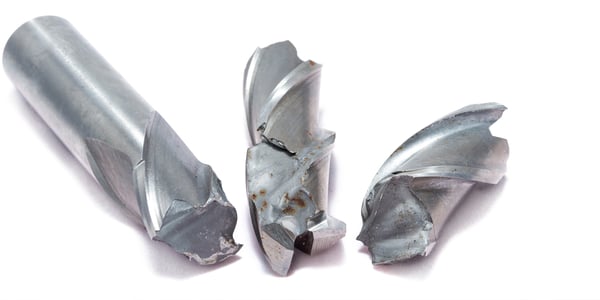Grinding vs Machining in Aerospace Manufacturing
When it comes to the aerospace industry, there is really no room for compromise. The materials used must be able to withstand the extreme conditions of air- and spaceflight. Being in the metalworking and aerospace industry for 45 years has taught us a few lessons, though. Namely, the manufacturing process used must be perfectly suited for the part being crafted and the conditions it will be exposed to while in use. For aircraft parts, the margin for error is literally zero. This is why using the right methods to make durable yet lightweight parts and being able to repeat the process hundreds if not thousands of times without variation is critical. Let's talk about how to produce parts both through grinding and machining and why, more often than not, abrasive grinding is the solution that makes the most sense for aerospace manufacturing.
Click Here for our Ten Facts About Centerless Grinding Infographic
Many aerospace components used in high- and low-pressure sections of a turbine engine are made from nickel alloy. These alloys are strong, resist corrosion, and don't absorb too much heat: qualities which are great for the aerospace application, but not so great for machining. Tool failure will often cause chipping, deformation, or notching when machined. Additionally, at high temperatures, have a chemical affinity to the tool material, which causes the tool to break, which, unsurprisingly, cuts the lifespan of the tool (particularly ceramic tools).

A broken machine tool can damage the expensive metal being machined, adding time and cost to the job.
No matter what the parts are made of, most have upwards of 50% or more of their original volume removed through the machining process—be it through milling, turning, or some other method—in order to keep the weight of the parts down. Due to the properties of many metals and the value of the parts, operations usually run at conservative speed to make sure tools don't fail or damage the part.
Traditionally speaking, when parts are machined, one eye needs to be kept on the tolerances and surface quality of both the tool and the part: this is because degradation of the tool reduces the part's lifespan within the system.
In the past, because of weak grains that dull and fracture over time meant that grinding couldn't reach high levels of stock removal rates. However, advancements in technology means grinding machines can outperform traditional machinery in terms of speed, accuracy, and lifespan. Grinding can even provide a longer lifespan for the parts, the grinding wheel is easily dressed, keeping the cutting edges of the abrasive sharp, and the shape of the wheel constant. In turn, grinding results in more consistent finishes and closer tolerances as well as reduced downtime.
Now, because of the way a grinding wheel wears, it is important to understand how high removal rates influence the lifespan of the wheel and the cost of a process. The ratio of the volume of material removed to the volume of the wheel loss is used to determine the lifespan of the wheel. For example, if we make a comparison of a half-inch-diameter carbide end mill and assume it lasts 20 minutes before re-sharpening, it will remove approximately 40 cubic inches of material while a 16-inch wheel can remove 350 to 400 cubic inches before it needs to be replaced.
When we understand the interactions between the grind zone and the wheel design, we can see how the grinding process has exceeded the stock removal processes of traditional machining while using similar energy levels. For aerospace manufacturers, having a reliable and productive grinding process brings with it the promise of increased quality and profitability.










